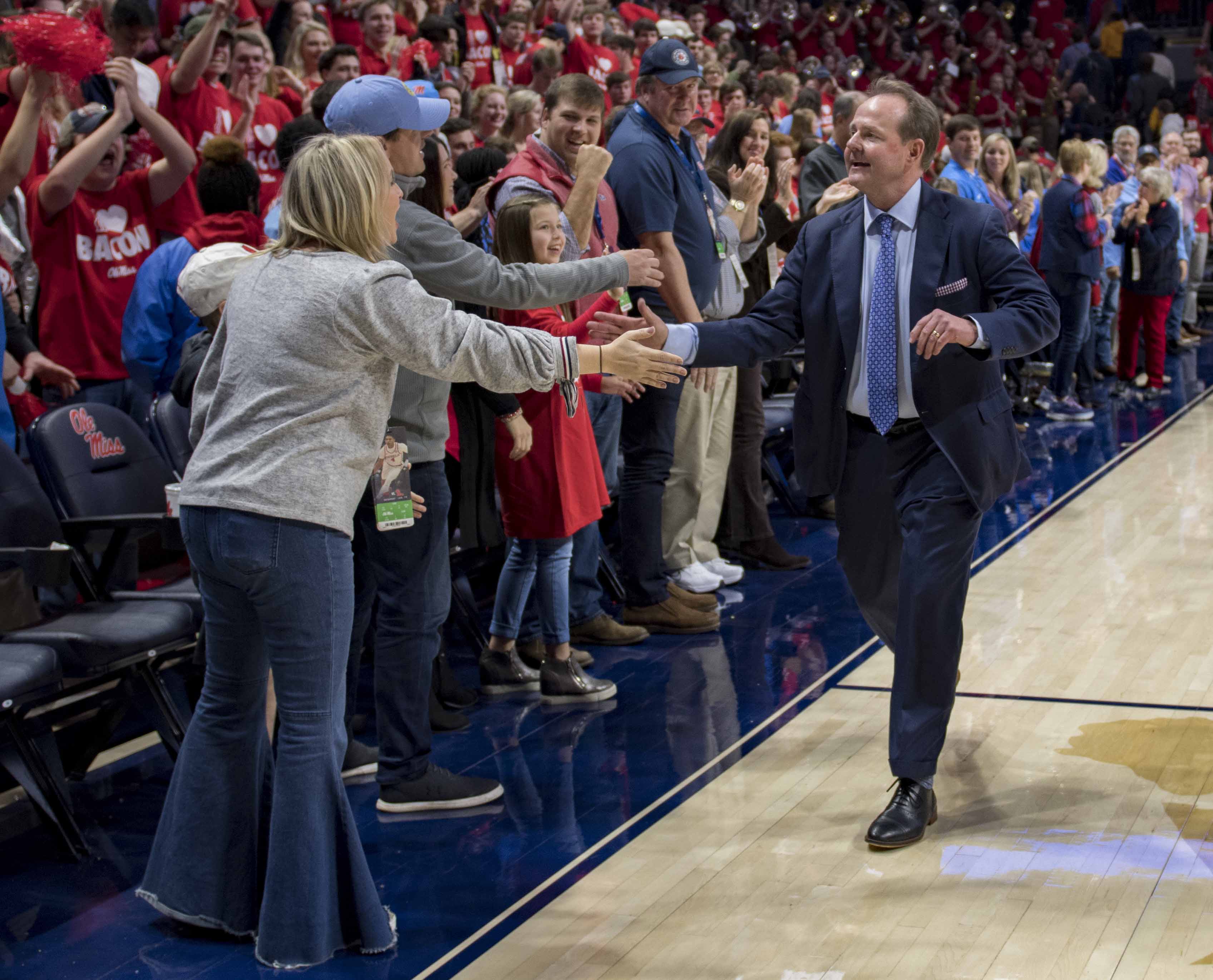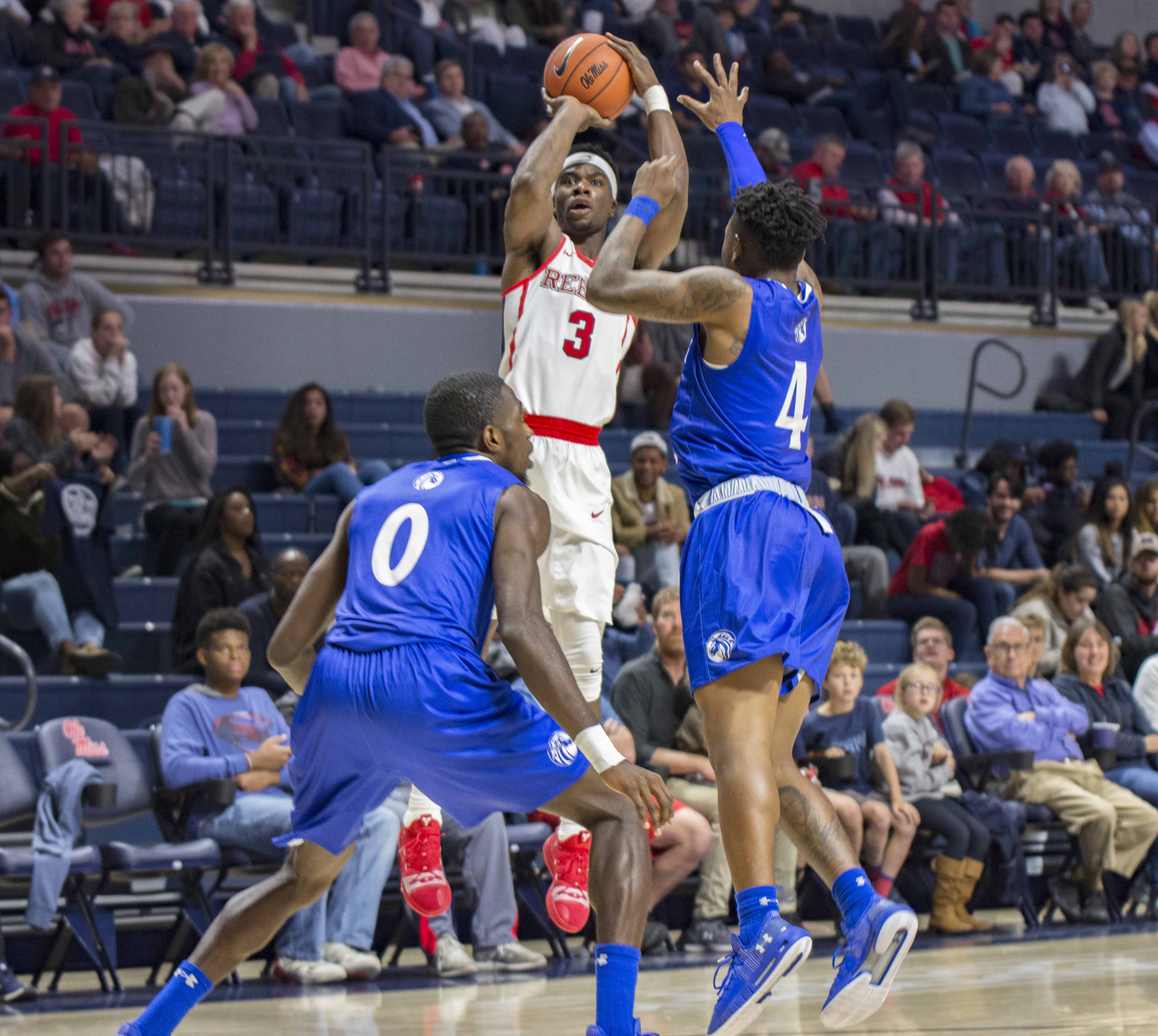While the University of Mississippi has plans in place if someone attempts or dies by suicide, the plan has not always been foolproof.
Katie Williamson, a senior international studies major, said she called the University Counseling Center’s after-hours hotline last semester intending to speak to a counselor, but instead had University Police officers knocking on her door at 5 a.m.
Williamson’s experience — which exposed flaws in the hotline system — was traumatic for her, but it spurred the University Counseling System to implement changes in its after-hours operations so that other students would receive better care.
“When you call (the after-hours hotline), the way (the university) advertises it, is that it will patch you through to a counselor who’s on-call 24/7. What it really does is you could patch through to the campus police,” Williamson said of her experience last semester. “You tell the person at the desk that you would like to speak to the person that you actually call, which is the on-call counselor.”
Williamson said when she called, she specifically said, “I’m not having active suicidal thoughts,” knowing there are triggers and protocols the dispatcher would have to follow if someone did have suicidal thoughts. She said while she was in a bad place, it would be resolved if she could speak with a counselor.
“Over the past eight, nine months, my meds have quit working. I need to readjust them. It takes a million years to get a psychiatry appointment,” Williamson said. “I kind of knew that was happening, which was probably one of the reasons that I wasn’t suicidal. I knew why I was having problems, even if I didn’t have a way to resolve them.”
After asking a few more questions, the dispatcher told Williamson she was going to hang up and have a counselor call her. Williamson said she waited half an hour with no call before going to sleep, given that it was around 5 a.m. and she had early morning classes, but what happened in the following few minutes surprised her.
“There was a knock on my door, and it was the police. They told me that I had to go downstairs with them because they had received a report that I said I was going to kill myself. I said, ‘you have no such report,’ and they said, ‘you have to come downstairs,’” Williamson said. “So I went downstairs, and there were between seven and 10 more police officers standing on the porch of my sorority house, and in full view of Rebel Drive. I’m in my pajamas, and they’re telling me that they have me on record saying that I was suicidal. Therefore, they have to take me to the hospital, and I don’t get a say in the matter.”
Williamson continued to insist there was no record of her saying she was suicidal. The only way she got out of having to go to the hospital was when UPD called the emergency room doctor and let her talk to him.
“He said, ‘You don’t sound like you’re in trouble, and I’ve never seen this report. So I’m going to believe you,’” Williamson said.
UPD didn’t leave immediately, but she did. She drove off campus to Rowan Oak to just sit and breathe, she stopped by one of her mentors’ gyms to get some advice, did yoga at 6:15 a.m. and then went back to campus to speak to administrators inside the Lyceum about her experience.
“They assured me that they would get to the bottom of this and I said, ‘Okay.’ Then I said, ‘As a student leader, I cannot recommend that people use this resource, because it obviously doesn’t work,’” Williamson said. “Because at the end of the day, I never got to talk with a counselor.”
The incident left a lasting mark for the rest of the semester.
“Until I moved out of the sorority house at the end of April, I would jump every time someone knocked on my door,” Williamson said. “I have a visceral reaction to seeing police now that I didn’t have before.”
Williamson said former UPD Chief Ray Hawkins called her later in the day and acknowledged that UPD made a mistake and that he was trying to figure out what happened.
Williamson said Hawkins told her they had a record saying she was suicidal, so it was protocol to send officers.
“I was like, ‘Alright, well, again, no such record exists.’ And it turns out that it didn’t,” Williamson said. “It turns out the on-call counselor was never contacted at any point in the entire process. (Hawkins) did apologize and said they would commit to changing their training procedures, although the right time to do that would have been before and not after.”
Natasha Jeter, the Assistant Vice Chancellor for Wellness and Student Success, said she is aware that there have been incidents regarding Willamson and others with UPD that have not ended well. She said she has spoken to the former UPD chief and made sure officers involved were made aware of mistakes made and were also retrained.
“I would rather err on the side of being cautious than not. We would prefer as an institution, an overreaction versus no reaction,” Jeter said. “Because no reaction could mean something bad, right? The overreaction means, ‘Okay, the student will be upset with us. We can go back and correct that. We can reeducate, we can retrain.’”
Since last semester, Jeter said the university has made some changes with the after-hours hotline. The university implemented a new system in September.
“The difference now is that when you call that line, it immediately goes to a licensed professional, and then what happens is if UPD or OPD, depending upon what the situation is, if they need to be deployed, then they will be, but it immediately goes to that therapist for help. Then if it needs to go to a different dispatch for additional services, then it does,” Jeter said. “I’m really excited. So far, the system is working well.”
Jeter said UPD is trained for mental health-related incidents. UPD Chief Daniel Sanford said in a statement that UPD is often first on the scene when students face a mental health crisis — as they are first responders — so they receive training every year for mental health-related incidents.
“Groups such as the university’s Counseling Center and Communicare provide all of our officers with yearly training in mental health crisis response,” Sanford said. “Additionally, several officers have received advanced training as part of a Crisis Intervention Team. The CIT program creates a collaborative partnership between law enforcement and mental health professionals to ensure that a person who is experiencing a mental health crisis is provided with the resources he or she needs to overcome the challenge.”
















